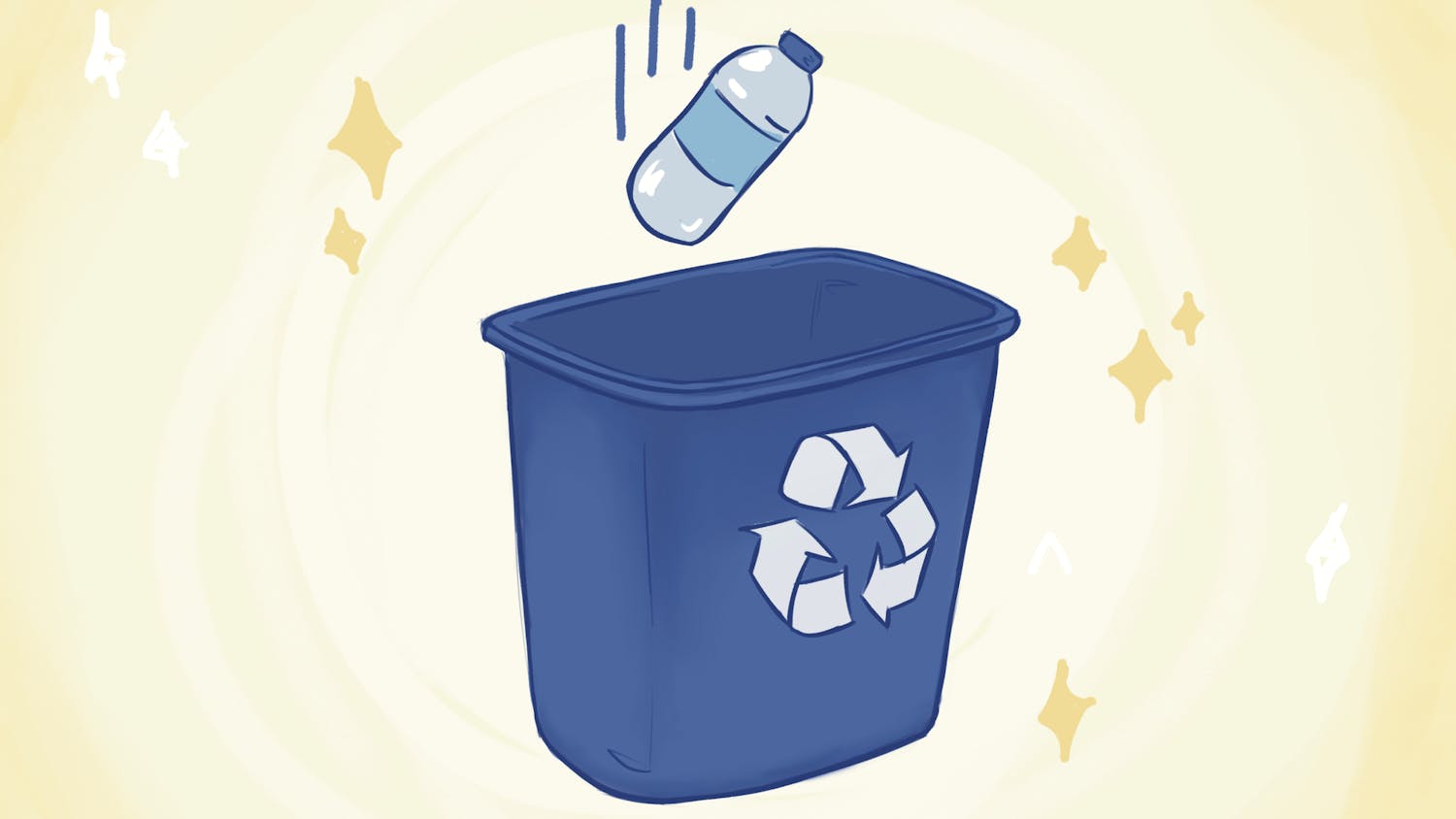Before today’s memes like “Doge” and “John Cena”, there were things like the “Numa Numa Dance” and “Trogdor”.
Memes have ruled the Internet since day one. But even before the Internet, we had different kinds of memes.
That’s because memes have been with us forever and we use them to communicate with each other more efficiently.
Nearly five decades ago, evolutionary biologist Richard Dawkins coined the term “meme.”
It would have been hard for him to imagine “meme” would become a word to describe funny pictures and jokes on the Internet.
Nowadays we usually think of memes as popular Internet phenomena that go viral.
But the word “meme” originally meant “any piece of culture that spreads between people.”
Memes replicate and change by different cultures much like a gene under natural selection.
The same way populations evolve to obtain desirable biological characteristics, memes survive because they appeal to things we like.
For example, we’ve retained a common version of Little Red Riding Hood across generations.
Over time, we might have told the story to others with slight variations. As we retain versions we like (e.g., an easy-to-remember story with a happy ending) we create a common version of Little Red Riding Hood we can retain.
Memes work the same way. As ideas spread between people, the ones that spread the most are the ones we like.
Many of us recognize McDonald’s Corp. when we see the golden M. We can remember much of the Star Wars theme from the first few notes. And fans of “The Hitchhiker’s Guide to the Galaxy” know 42 isn’t just between 41 and 43, but the meaning of life.
We associate these cultural “units” with bigger, more complex meanings because those things are parts of our knowledge and culture.
We can use these memes to spread information and even create new information from them.
The way we change and transmit these ideas to one another become part of our culture.
And, this way, memes say something about ourselves.
The funny pictures and videos we share on the Internet might just be short-lived fads.
But when we communicate, whether we’re creating or sending ideas, we can easily talk about things we share in common to talk efficiently.
This is where memes come in handy.
When you meet someone new, it might be difficult to engage in an intellectual debate on sixth century Medieval philosophy.
But it’s very easy to talk about that funny Superbowl moment that spread like wildfire on social media.
We can efficiently communicate things that spread easily.
Memes let us understand those parts of our culture that spread easily, and they give us the power to communicate with another.
In fact, the use of the word “meme” itself might be a meme.
As “meme” has mutated from purely scientific origins to online communities, we’ve used “meme” to mean things that go viral.
With all the information we get from the Internet, the memes let us communicate with another more easily.
It doesn’t matter whether we’re talking about memes, genes or dreams. Next time you see a funny picture on the Internet, remember there’s more to the story.





